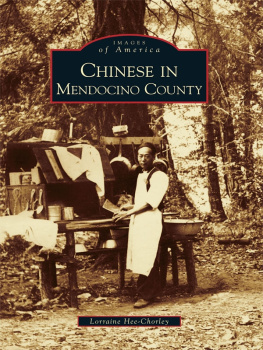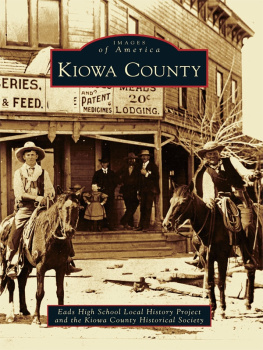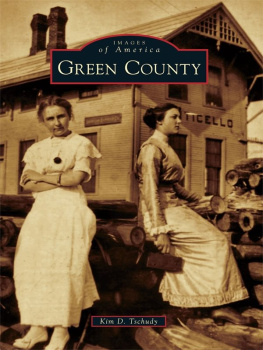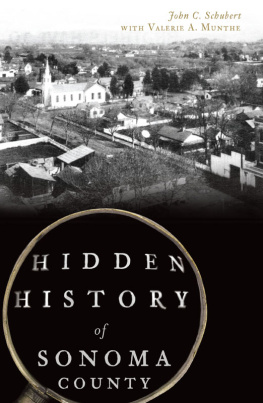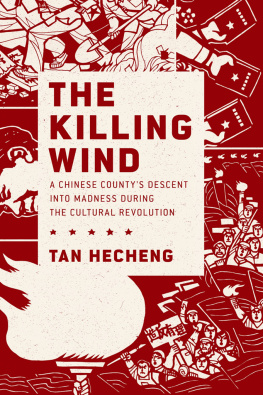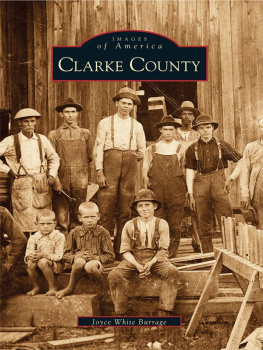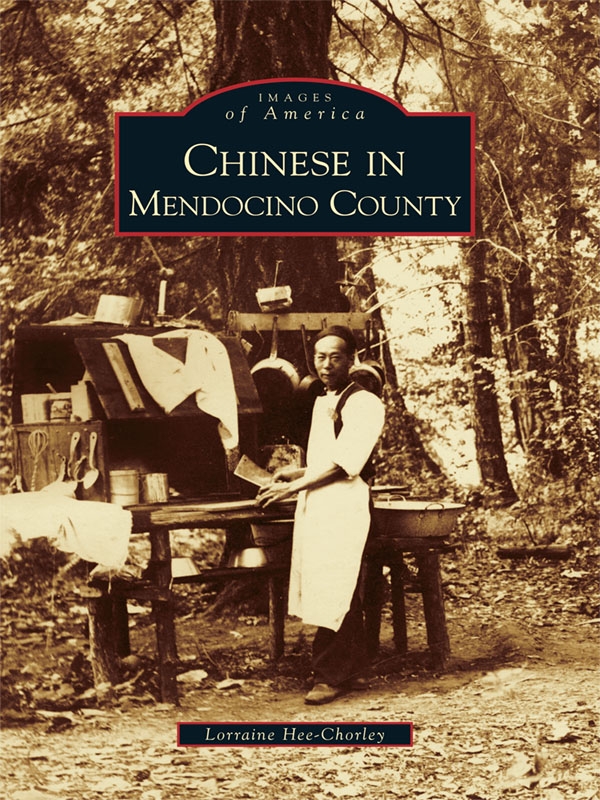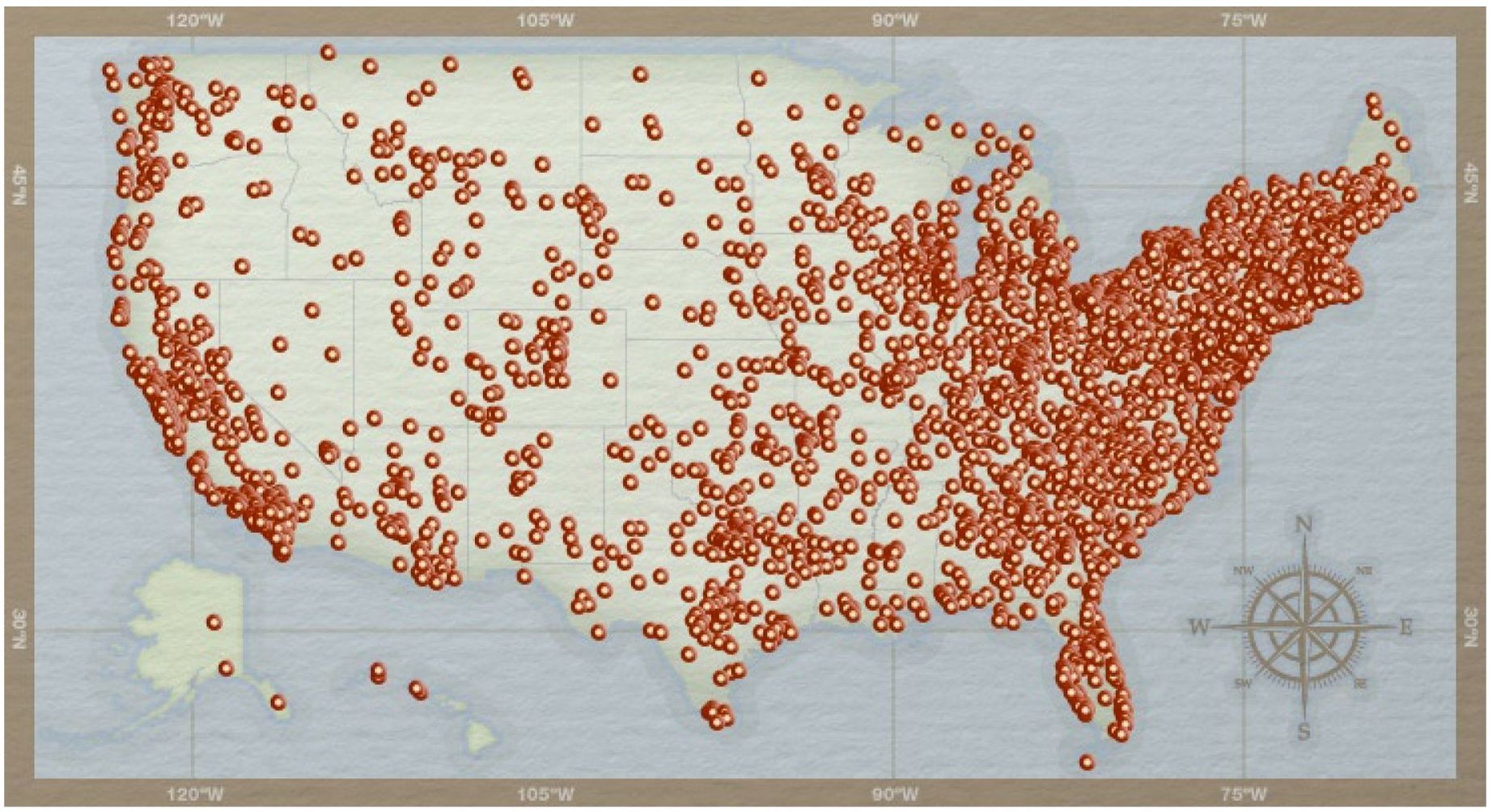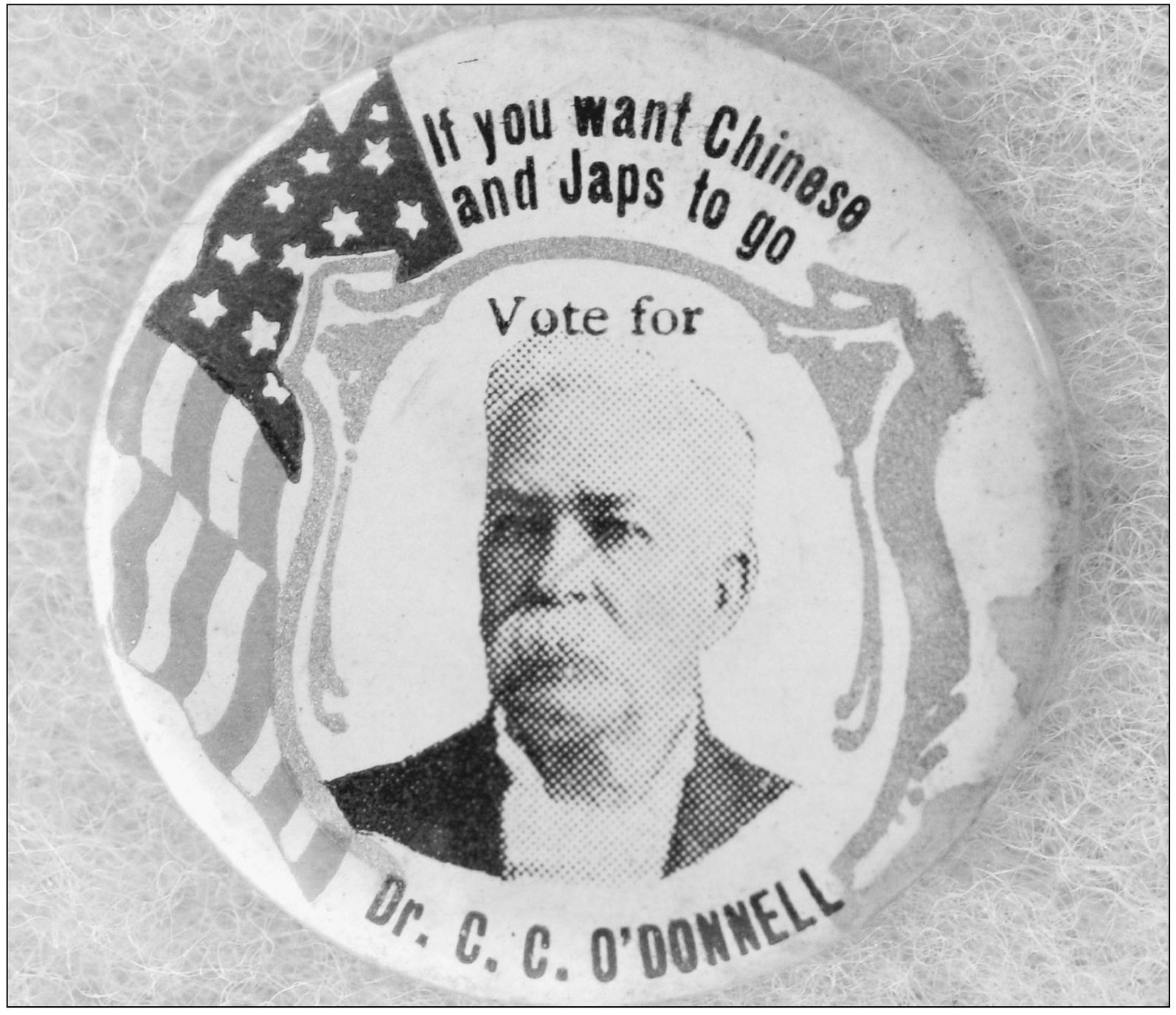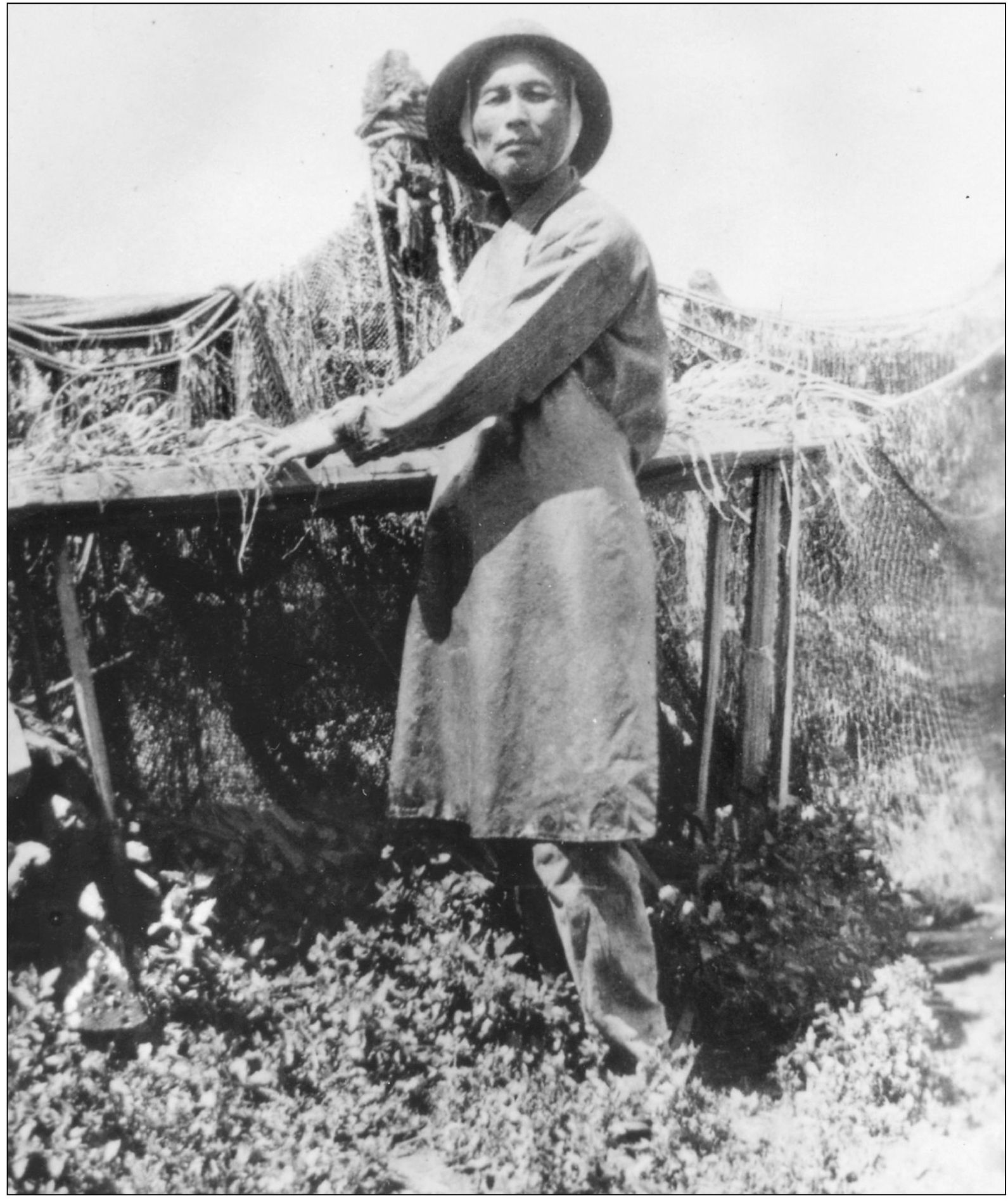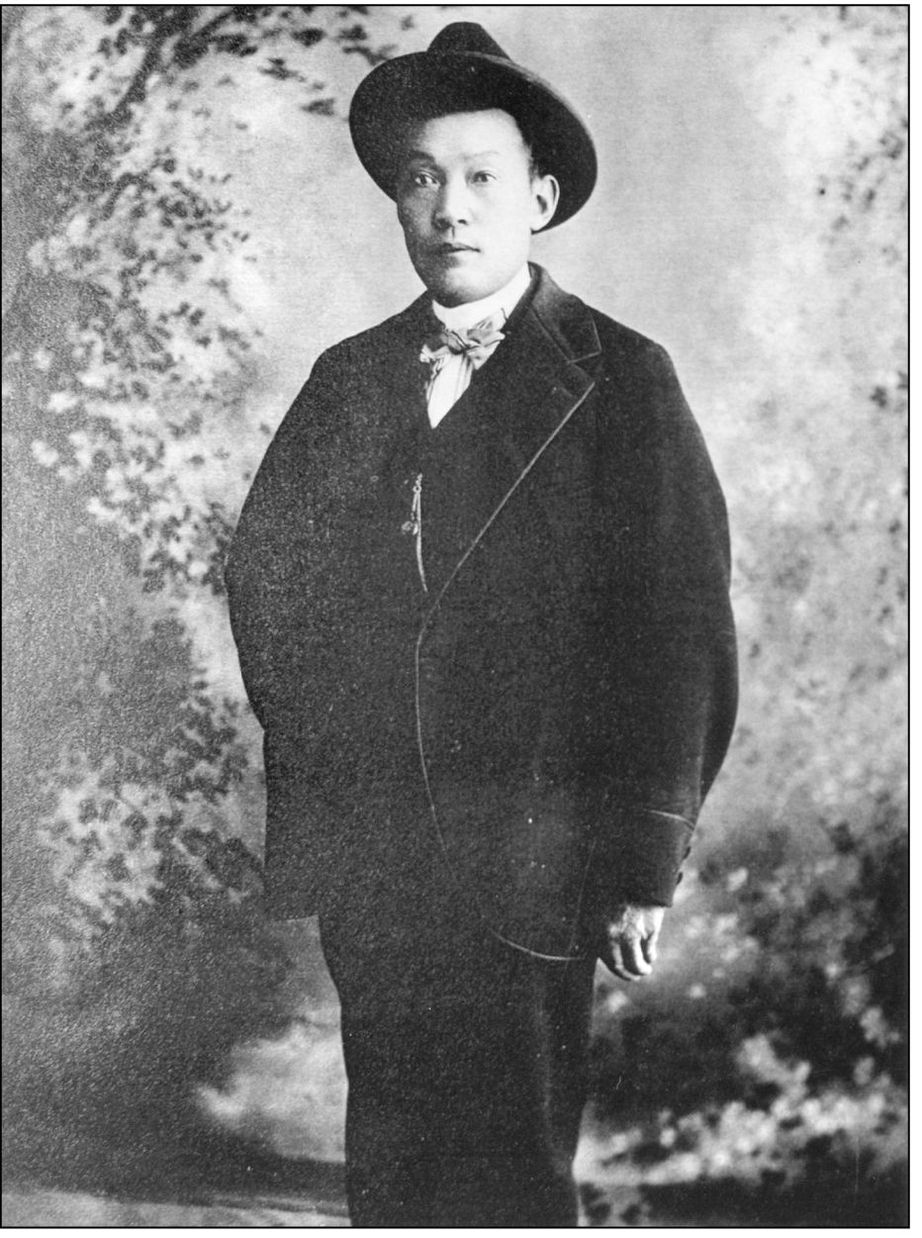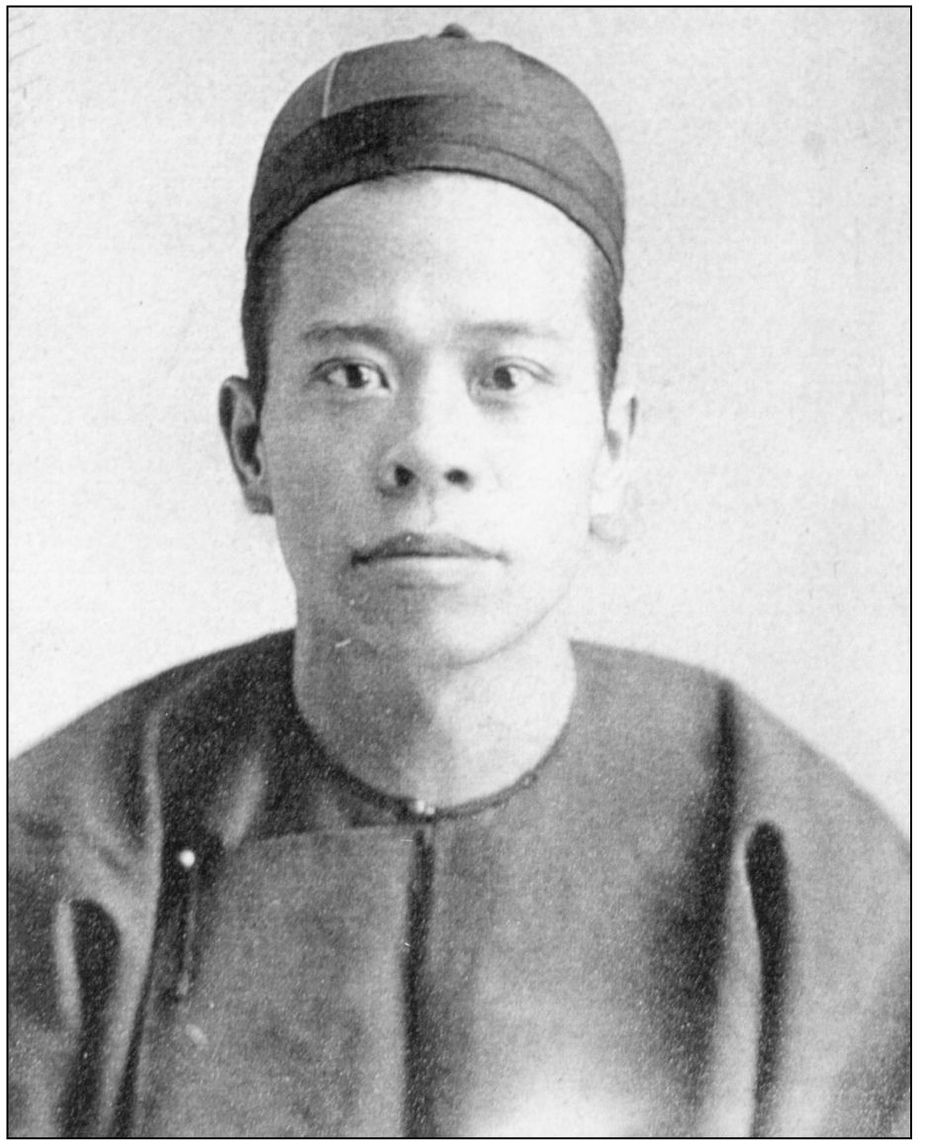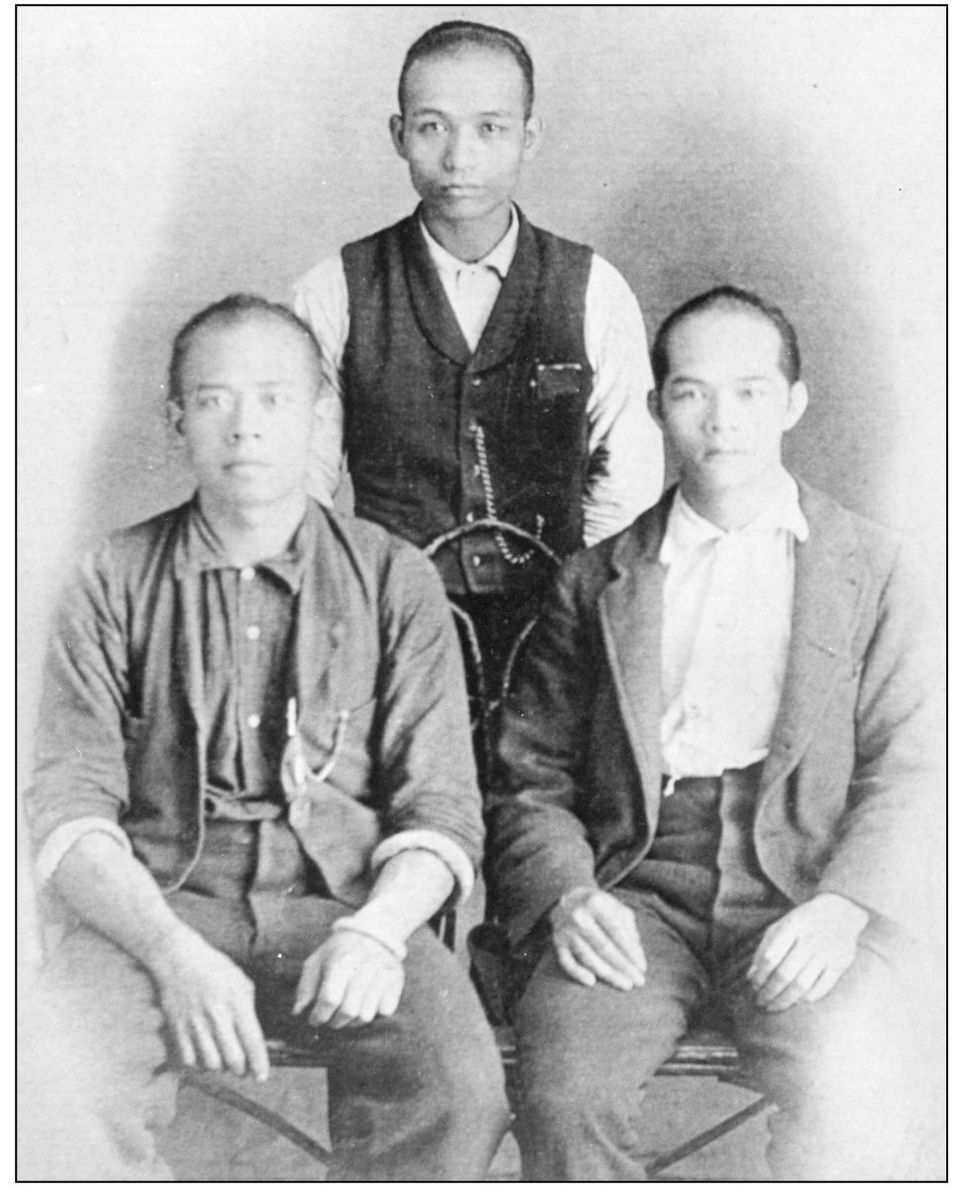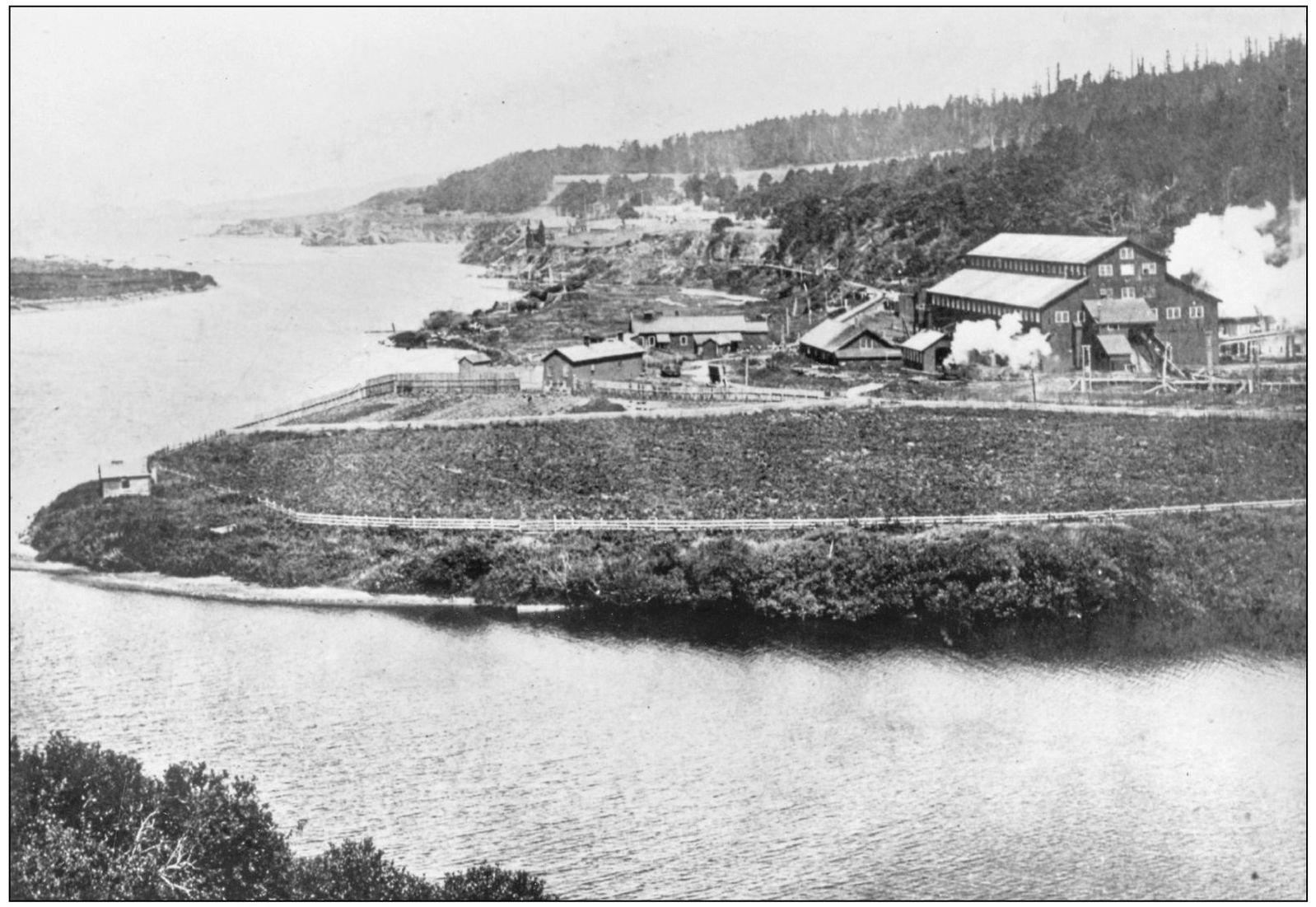Lorraine Hee-Chorley - Chinese in Mendocino County
Here you can read online Lorraine Hee-Chorley - Chinese in Mendocino County full text of the book (entire story) in english for free. Download pdf and epub, get meaning, cover and reviews about this ebook. year: 2009, publisher: Arcadia Publishing Inc., genre: Science fiction. Description of the work, (preface) as well as reviews are available. Best literature library LitArk.com created for fans of good reading and offers a wide selection of genres:
Romance novel
Science fiction
Adventure
Detective
Science
History
Home and family
Prose
Art
Politics
Computer
Non-fiction
Religion
Business
Children
Humor
Choose a favorite category and find really read worthwhile books. Enjoy immersion in the world of imagination, feel the emotions of the characters or learn something new for yourself, make an fascinating discovery.
- Book:Chinese in Mendocino County
- Author:
- Publisher:Arcadia Publishing Inc.
- Genre:
- Year:2009
- Rating:3 / 5
- Favourites:Add to favourites
- Your mark:
Chinese in Mendocino County: summary, description and annotation
We offer to read an annotation, description, summary or preface (depends on what the author of the book "Chinese in Mendocino County" wrote himself). If you haven't found the necessary information about the book — write in the comments, we will try to find it.
Mendocino Countys name comes from the Native Americans who resided seasonally on the coast. The county is known as a scenic destination for its panoramic views of the sea, parks, wineries, and open space. Less well known are the diverse cultural groups who were responsible for building the county of Mendocino. The Chinese were instrumental in the countys development in the 1800s, but little has been written documenting their contribution to local history. Various museums throughout the region tell only fragments of their story. Outside of the over-100-year-old Taoist Temple of Kwan Tai in the village of Mendocino, which is well documented, this volume will become the first broad history of the Chinese in Mendocino County.
Lorraine Hee-Chorley: author's other books
Who wrote Chinese in Mendocino County? Find out the surname, the name of the author of the book and a list of all author's works by series.

